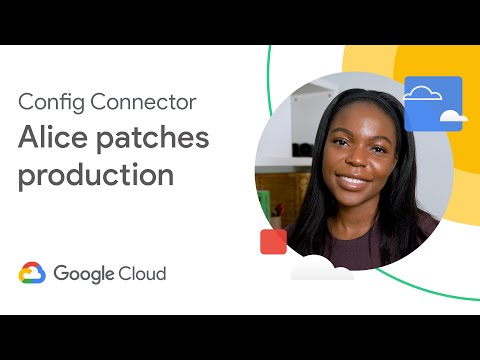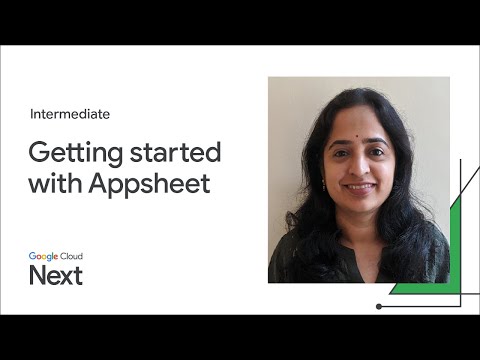
Intro to deep learning to track 🌴deforestation in supply chains → https://goo.gle/3W8btPe
Notebook with code in colab → https://goo.gle/3Fg5rWV
One hour overview with Cloud & Earth Engine → https://goo.gle/3surrWx
Welcome back to People and Planet AI, where we explore how machine learning helps us understand the biological variety and variability on Earth. In this episode, we show how we can use deep learning for almost any supervised learning job, allowing us to accelerate our work for climate-based solutions. Watch to learn why we use neural networks in our People & Planet AI developer series!
Chapters:
0:00 – Intro
1:07 – Understanding deep learning
1:43 – Understanding images, audio, and video
3:07 – Training a model via deep learning
3:30 – How does deep learning work? (with example)
4:45 – Common goals
5:37 – Deep learning model
8:28 – Ready to train the model
9:04 – Summary
Google resources:
• How to start a Google cloud project $300 free trial link → https://goo.gle/3HTWNvK • Earth Engine → https://goo.gle/3gMOtBV
• Colab (interactive notebooks) → https://goo.gle/3uSJc3W
• Free course by Google on Data Preparation and Feature Engineering in ML → https://goo.gle/3HWiXxw
• Data normalization → https://goo.gle/3oQiWUd
• Folium (open source Python library for interactive maps) → https://goo.gle/3HWYZTa
• Vertex AI → https://goo.gle/33mlTEn
• Autopackage feature in Vertex AI → https://goo.gle/3LxEP4x
• TensorflowKeras → https://goo.gle/3GPDeTV
• Cloud Run (web app hosting) → https://goo.gle/3HRCA9K
• Hosting a website on Google Cloud using Cloud Run → https://goo.gle/3sKgNus
People and Planet AI playlist → https://goo.gle/PeopleAndPlanetAI
Subscribe to Google Cloud Tech → https://goo.gle/GoogleCloudTech
#PeopleAndPlanetAI









![[COMPARATIVO] AWS vs Azure vs GCP – Qual nuvem utilizar?](https://videos.sebae.net/wp-content/uploads/2022/05/comparativo-aws-vs-azure-vs-gcp-qual-nuvem-utilizar.jpg)

